If there’s one thing I absolutely love doing on a beautiful day, it’s taking my kayak out to the water, casting my line, and trying my luck at catching some fish. Kayak fishing has been steadily gaining popularity, and for good reason – it combines two fantastic outdoor activities into one rewarding experience.
As I glide silently across the water, I relish the unique sense of freedom and tranquility that kayak fishing provides, all while immersing myself in nature and reconnecting with the environment. The added environmental benefits, such as reduced fuel consumption and minimal impact on aquatic habitats, make it an eco-friendly choice for recreational fishing, too.
In this article on “How to kayak fish”, I’ll walk you through the equipment you’ll need, safety precautions to consider, how to seek out the perfect fishing spots, and techniques to make your kayak fishing adventure a truly enjoyable and successful experience. Whether you’re new to the sport or a seasoned pro looking to refine your skills, I hope my passion for kayak fishing will inspire you to grab a paddle and explore the world of angling from a kayak. So, let’s dive in and learn how to make the most of your future kayak fishing trips!
Contents
Contents
Essential Gear For Successful Kayak Fishing
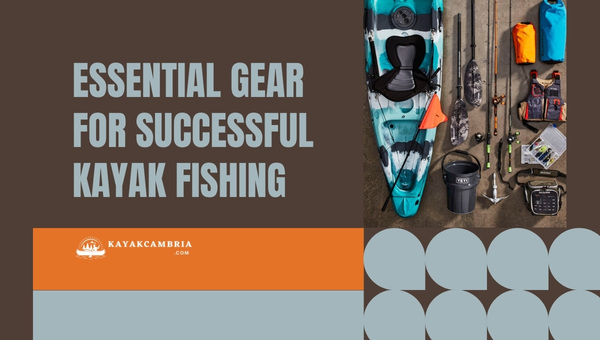
Having the right equipment is crucial for making your kayak fishing experience enjoyable and fruitful. Here’s a rundown of the essential gear you’ll need:
1. Choosing The Right Kayak For Fishing
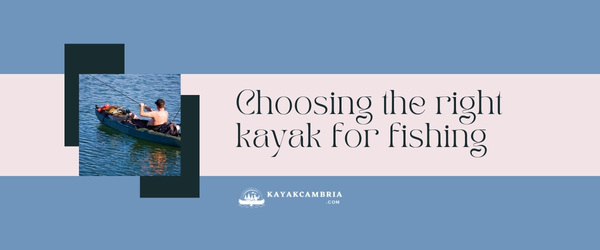
There are various types of kayaks available, each with unique features suitable for different water conditions and fishing styles. While selecting your kayak, consider factors like stability, length, weight capacity, and storage options. Some popular types of fishing kayaks include:
- Sit-on-top kayaks (highly stable, easy to get in and out)
- Sit-inside kayaks (better protection from elements, lighter weight)
2. Importance Of A Comfortable And Adjustable Seat
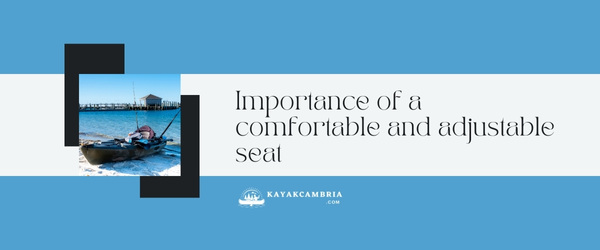
An ergonomic and adjustable seat ensures comfort during long days spent on the water, allowing you to focus on fishing rather than dealing with back pain or discomfort. Look for seats with ample padding, lumbar support, and adjustable features.
3. Paddles Designed For Kayaking And Fishing
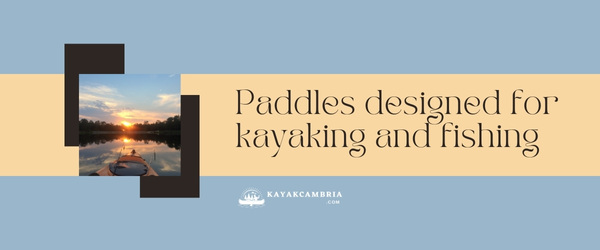
Invest in a lightweight and durable paddle specifically designed for kayaking and fishing. Consider factors such as paddle length, material, and blade shape to find the perfect fit.
4. Life Jacket or Personal Floatation Device (PFD)
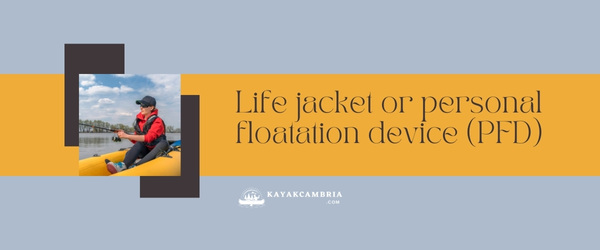
Your personal safety should always be a top priority. Wearing a life jacket or PFD ensures you remain afloat in case of an accidental capsize. Choose one designed for anglers, with accessible pockets and attachment points for fishing gear.
5. Fishing Gear: Rods, Reels, Bait, And Tackle
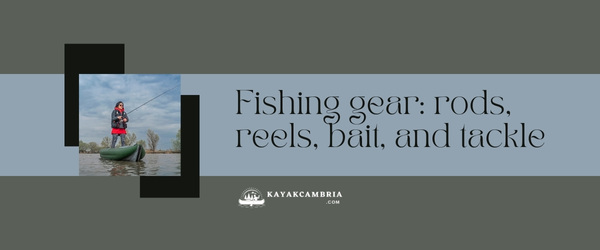
Equip yourself with appropriate fishing rods, reels, bait, and tackle suited to the species you’re targeting and the environment you’ll be fishing in.
6. Electronics: Fish Finders, GPS Devices, And Radios
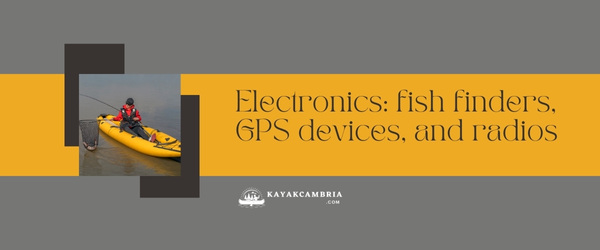
Utilize modern technology to enhance your fishing experience – fish finders can help locate fishing hotspots, GPS devices ensure easy navigation, and radios keep you connected in emergencies.
7. Storage And Organization Solutions For Your Kayak
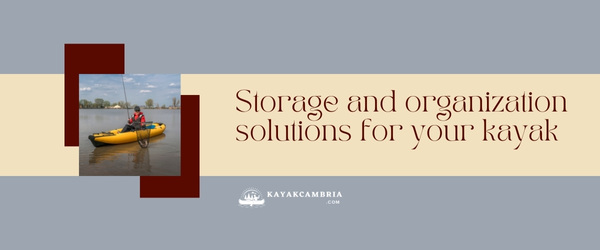
Maximize the limited space of your kayak with efficient storage solutions such as kayak crates, tackle boxes, dry bags, and gear tracks. Keep your gear organized and easily accessible while on the water.
Remember, investing in quality equipment will not only enhance your kayaking and fishing experience but also ensure your safety and convenience. Take your time when selecting your gear and be sure it fits your specific needs and preferences.
Safety First: Tips for A Secure Kayak Fishing Experience In 2024
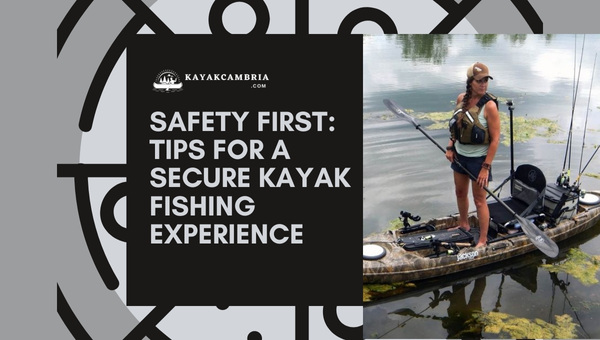
1. Weather And Water Conditions
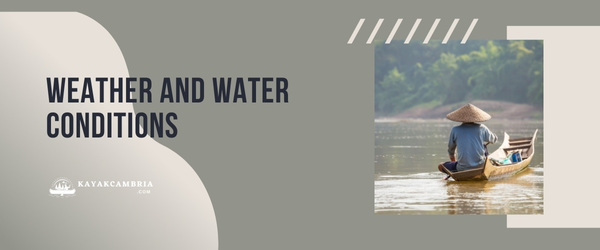
Before embarking on a kayak fishing adventure, it’s crucial to check the weather forecast and understand the local water conditions. Be sure to monitor wind speed, potential storms, and water currents. As a precaution, always err on the side of safety and avoid fishing during severe weather or in waters with strong currents.
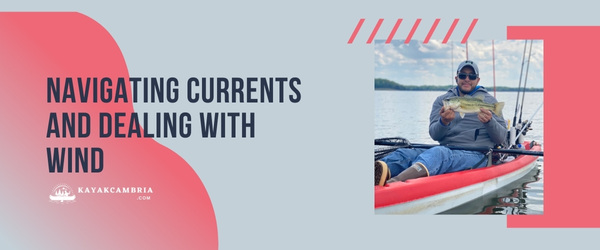
It’s essential to familiarize yourself with paddling techniques to handle various conditions. Learn how to read currents, avoid wind exposure by sticking to sheltered areas, and use a rudder or skeg to improve your kayak’s tracking in windy situations. When in doubt, seek advice from experienced kayak anglers or local guides.
3. Personal Preparation
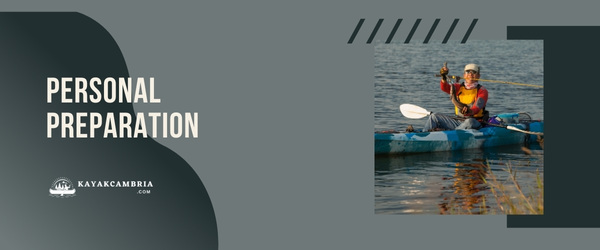
Dress appropriately for the weather and water temperature when kayak fishing. Wear layers to ensure flexibility in changing conditions, choose a proper personal floatation device (PFD), and most importantly, stay hydrated. Keep a water bottle and snacks within reach, and remember that the sun’s reflection on water can increase UV exposure so wear sunscreen and appropriate protective gear.
4. Communication

Always inform someone on the land about your kayak fishing plans. Provide details like your intended launch and return times, planned route, and contact information. Carry a waterproof VHF radio or cellphone in a water-resistant case to maintain communication while on the water.
5. Practicing Self-Rescue Techniques
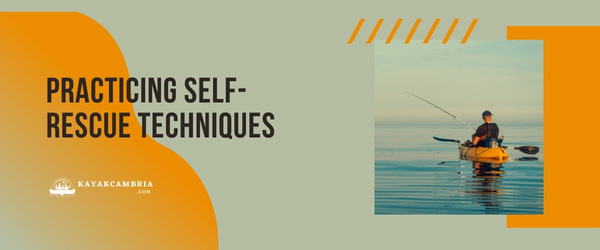
Before heading out, practice self-rescue techniques such as the paddle float re-entry and the cowboy scramble. Being confident in your ability to recover from a capsized kayak is critical to ensuring your safety during a fishing trip. Consider taking a kayak safety course to learn these methods from a professional instructor. Here’s a useful guide to practicing self-rescue techniques.
Incorporate these safety tips and best practices on your kayak fishing adventures to not only protect yourself but to also create an enjoyable and worry-free experience.
Choosing The Perfect Fishing Spot From Your Kayak
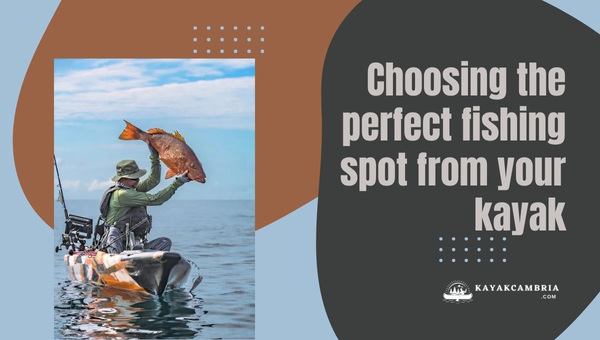
One of the greatest advantages of kayak fishing is the ability to reach remote and hard-to-reach fishing locations that might be otherwise inaccessible. As you plan your next kayak fishing trip, consider the following factors to pick the perfect spot:
1. Accessing Remote And Hard-To-Reach Fishing Locations
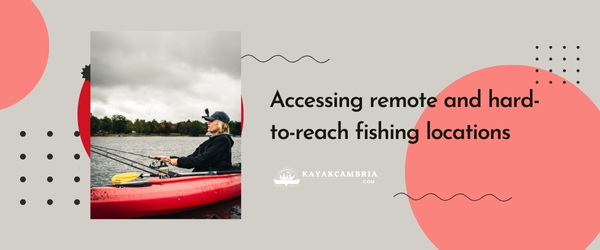
- Kayaks grant the freedom to venture into shallow water or navigate through channels that larger boats cannot access.
- Kayak fishing allows you to explore secluded areas where fish populations may be more abundant and less pressured.
- Make use of online maps or smartphone apps that provide information about topography and water depths, which can help you identify potential fishing hotspots.
2. Understanding Fish Habitats And Patterns
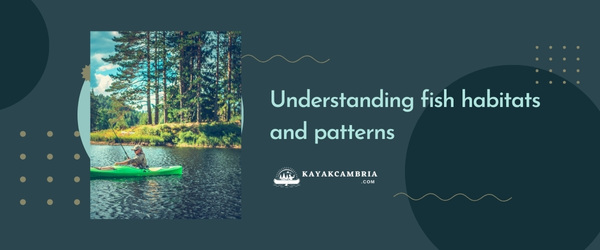
- Research the types of fish species common in the area you plan to fish, their preferred habitats, and feeding patterns.
- Fish and Wildlife Service websites often provide helpful information on local fish populations and seasonal behavior.
- Keep track of your catches and experiences, noting down the time, tide, weather conditions, and specific locations to better understand the patterns of the fish in the area.
3. Researching Local Fishing Spots And Regulations
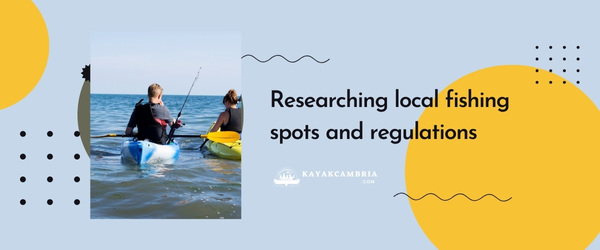
- Consult with local anglers or kayak fishing enthusiasts, as they can provide valuable insight and suggestions for great spots.
- Visit fishing reports websites to gather recent information about the success of others at specific locations.
- Familiarize yourself with local regulations and restrictions such as catch limits, size limits, and any protected areas where fishing is not permitted.
4. Maximizing Your Chances Of Success: Tides, Time Of Day, And Weather Factors
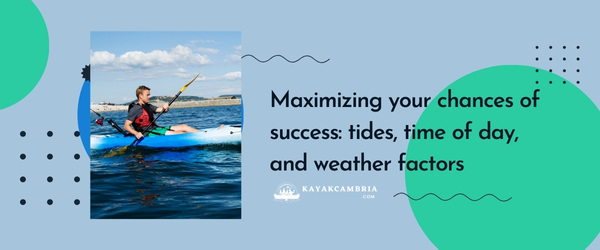
- Tides play a significant role in how fish feed, with moving tides often being the most productive times for fishing. Research the ideal tidal conditions for the species you’re targeting.
- Early morning and late afternoon are often considered the best times to fish, as fish tend to be more active during these periods.
- Fish may be more wary on bright, sunny days, so cloudy or overcast days might offer a better chance for a successful catch.
Mastering Kayak Fishing Techniques In 2024
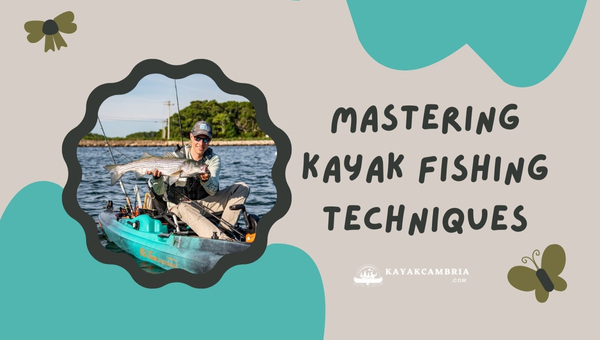
1. Casting From A Seated Or Standing Position
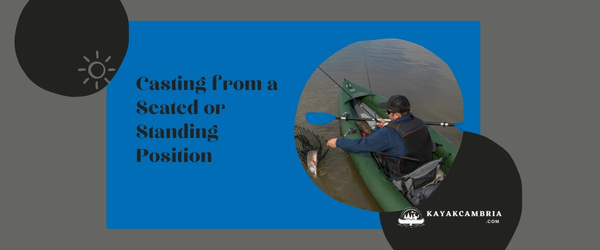
While kayak fishing, you’ll likely find yourself casting from both seated and standing positions. Each requires a different technique:
- Seated: Maintain proper balance, and use your torso rotation for a smooth, accurate cast.
- Standing: Use a wider stance for stability, plant your feet firmly, and slightly bend your knees.
2. Anchoring Systems And Drift Control Techniques
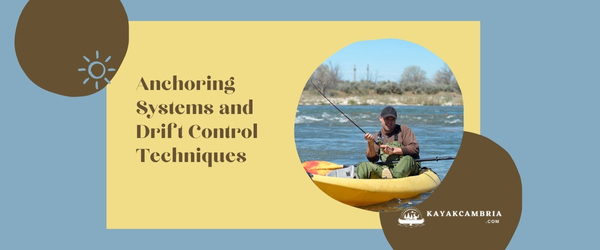
To keep your kayak in place while fishing, consider these anchoring and drift control techniques:
- Anchoring systems: Mushroom anchors or stake-out poles are great for securing your kayak in shallow waters.
- Drift control: Drift chutes or drift socks can help maintain your position in moderate currents or windy conditions.
3. Trolling And Jigging Techniques Specific To Kayak Fishing
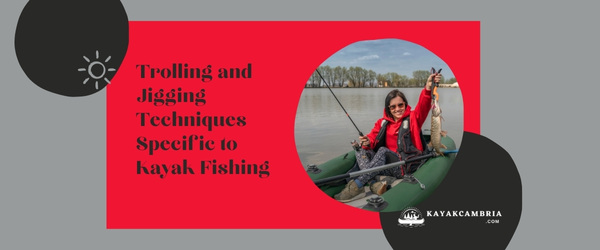
Kayak fishing allows you to experiment with various trolling and jigging techniques:
- Trolling: Adjust your paddle strokes to maintain your desired trolling speed, and use rod holders to keep your line at the proper depth.
- Jigging: Focus on maintaining a vertical line, and use your paddle to subtly reposition your kayak as needed.
4. Setting The Hook And Successfully Reeling in Your Catch
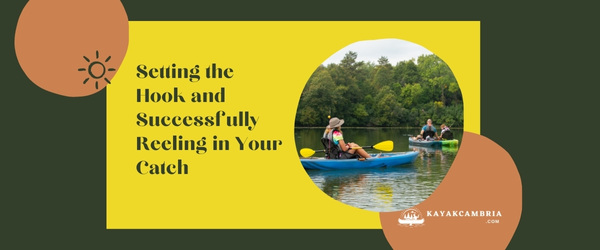
When you feel a strike, it’s essential to set the hook correctly:
- Ensure your line is tight.
- Give a quick, sharp upward pull on your rod.
- Keep pressure on the fish, and adjust your drag setting if needed.
- Reel in smoothly, keeping a slight bend in your rod.
5. Handling Fish While On Your Kayak

To safely handle your catch and ensure its release, follow these tips:
- Landing nets: These make it easier to bring the fish into the kayak.
- Lip grips: For larger fish, use lip grips to hold the fish while you remove the hook.
- Release tools: Consider using tools like de-hookers or pliers to release your catch gently.
Respecting The Environment And Practicing Catch And Release
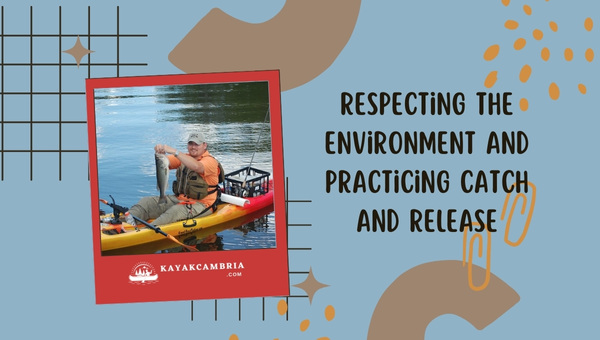
1. Leave-No-Trace Principles For Kayak Fishing
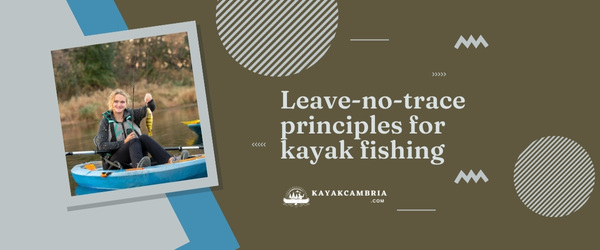
When embarking on a kayak fishing adventure, it’s important to follow the leave-no-trace principles. This helps to preserve the environment and ensure that future generations can enjoy the same experiences. Some key leave-no-trace principles include:
- Dispose of waste properly: Pack out all trash, leftover food, and litter. If possible, use reusable containers to minimize waste.
- Respect wildlife: Observe wildlife from a distance, and never feed or approach them.
- Be considerate of other visitors: Avoid excessive noise and disruptions, and allow others their fair share of access to prime fishing spots.
2. Ethical Catch And Release Practices
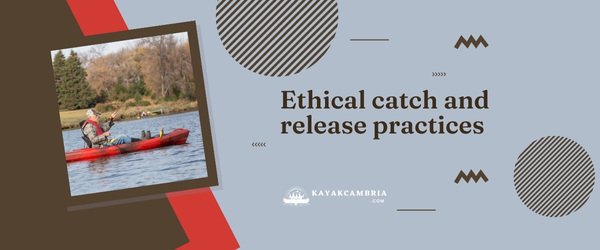
Whether you’re pitching into a tournament that follows strict catch-and-release practices or merely want to preserve natural resources, knowing how to safely catch and release fish is a crucial skill. Some guidelines for ethical catch and release include:
- Use circle hooks or barbless hooks to minimize injury to the fish
- Wet your hands before handling the fish, which helps to protect their sensitive mucous coating
- Hold the fish horizontally and support its weight, avoiding contact with its gills
- Use a dehooking device or needle-nose pliers to quickly and gently remove the hook
- If the fish has swallowed the hook, it’s better to cut the line as close as possible to avoid further injury
- Gently release the fish back into the water, supporting it until it can swim away
3. Protecting The Fishing Ecosystem For Future Generations
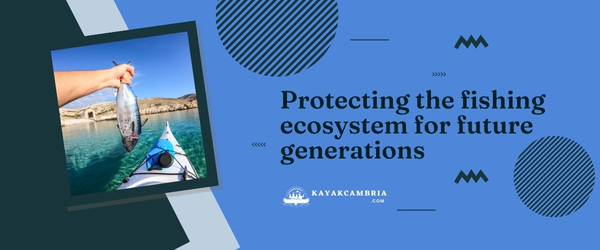
As responsible anglers, we must work together to protect the fishing ecosystem. This involves not just following ethical catch-and-release practices, but also being aware of local regulations, such as size limits and bag limits. Check with your local fish and wildlife agency for the most recent guidelines, and be certain to report any illegal activities you may encounter.
By respecting the environment, practicing catch and release, and encouraging others to do the same, we can help ensure a bright future for our beloved pastime of kayak fishing.
Connecting With The Kayak Fishing Community
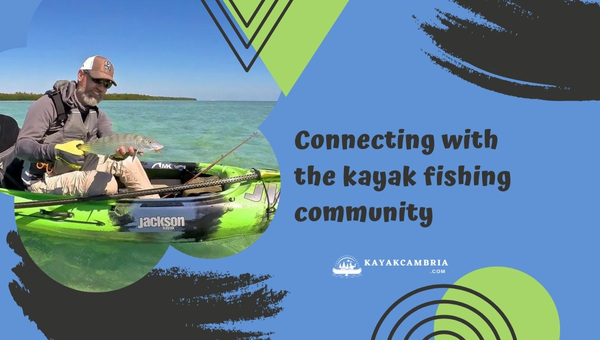
1. Participating In Kayak Fishing Tournaments And Events
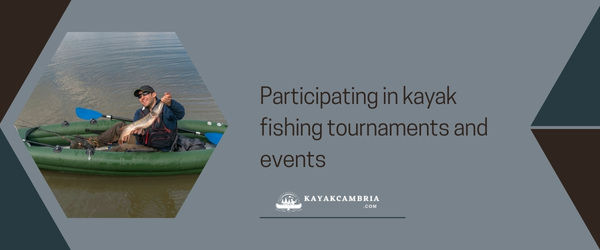
Joining local and regional kayak fishing tournaments can be a fun and exciting way to immerse yourself in the community. These events often provide opportunities to:
- Connect with like-minded anglers
- Share tips and tricks
- Compete in a friendly atmosphere
- Support a selected charity or cause
You can find events by visiting kayak fishing clubs in your area or through online forums, social media, and websites.
2. Joining Online Forums And Social Media Groups For Kayak Anglers
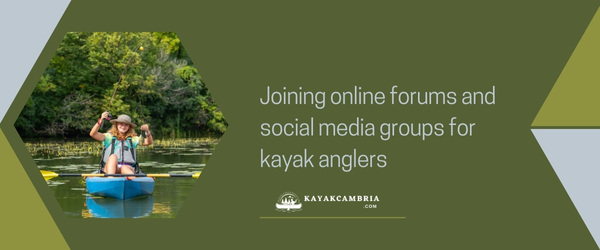
To stay in the loop and get helpful tips from your fellow kayak fishing enthusiasts, consider joining online forums and social media groups. There, you can share your experiences and learn from others, including:
- Discussion boards: Forums like Kayak Angler Magazine or Kayak Fishing Forum offer a wealth of technical advice from seasoned kayak anglers
- Facebook groups: Search for local, regional, or worldwide kayak fishing groups on Facebook. These groups often include knowledgeable members who share tips, ask questions, and post photos of their catches
- YouTube channels: Kayak fishing enthusiasts frequently document their adventures on YouTube, offering helpful tips, gear reviews, and technique tutorials
3. Sharing Your Experiences And Learning From Others
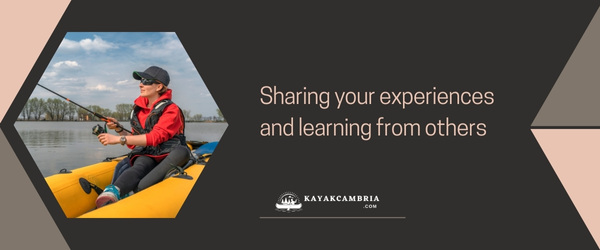
To fully engage with the kayak fishing community, don’t hesitate to share your own experiences. Whether you’re a beginner or a seasoned pro, your stories, pictures, and videos can inspire and educate fellow anglers. Consider:
- Starting a blog about your kayak fishing adventures, offering tips and personal stories
- Sharing photos and experiences on social media, using hashtags like #kayakfishing, #kayakbassfishing, or #yakangler to reach a wider audience
- Attending and contributing to local meetups or events to share knowledge and techniques with fellow kayak anglers in person
By actively participating in the kayak fishing community, you’ll continue to learn and grow while forging lasting friendships with people who share your passion for this thrilling outdoor activity.
Conclusion: Enjoying the adventure of kayak fishing
kayak fishing is more than just a hobby; it’s an adventure that continues to thrill and inspire me each time I head out on the water. From the excitement of catching fish to the serenity of the natural surroundings, this activity truly has something for everyone.
Key Takeaways:
- Kayak fishing allows you to access unique fishing spots and explore new areas
- Safety and proper preparation are crucial to enjoying the sport
- Be respectful of the environment by practicing catch and release and following leave-no-trace principles
- Connect with fellow kayak anglers to learn and share experiences
By combining two passions – kayaking and fishing – you’ll undoubtedly gain a greater appreciation for the sport and the environment. If you haven’t yet given kayak fishing a try, I encourage you to take the plunge and explore a new world of angling possibilities.
So grab your gear, set out on your next adventure, and remember to savor the experience. Happy paddling, and tight lines!

